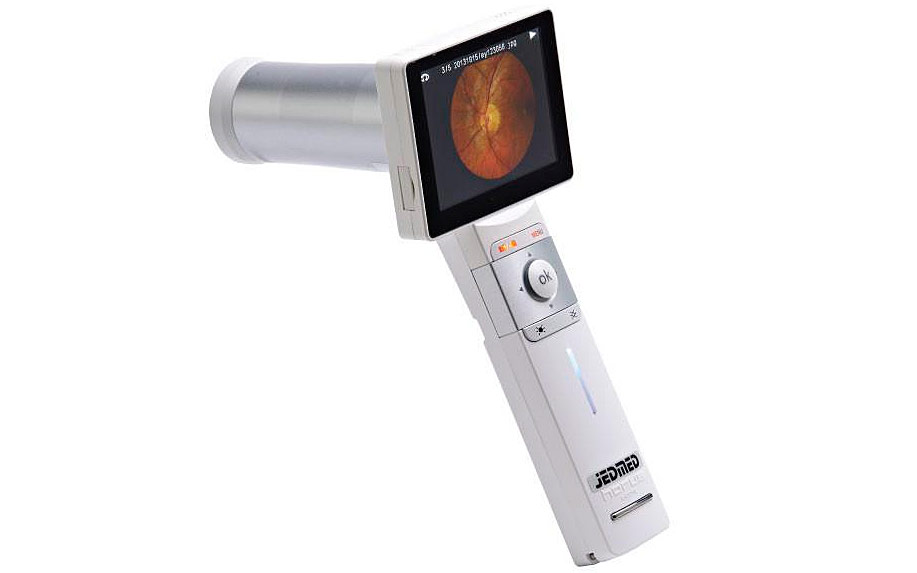ACRIMA
Fundus Image Processing for Automatic Screening of Ophthalmological Diseases
Development of an automatic screening system able of detecting the three most significant diseases related to visual impairment in the current society: glaucoma, diabetic retinopathy and age-related macular degeneration.

In this project, we propose new image processing algorithms not only focused on the detection of pathological patterns but also on the definition and detection of the “normal” retina. In addition, some advances will be carried out incorporating into automatic methods new markers that are currently used in clinical diagnosis but not in automatic detection. Moreover, these advances will be combined to define a new detection model that incorporates other clinical data to image features. For that reason, the final system resulting from the project will be more robust and with enough sensitivity and specificity facilitating its application in clinical practice.
The main motivation of this project is the high social and economic impact of the blindness in the current society in addition to the importance of an early diagnosis of the main diseases that cause blindness. Appropriate referral for treatment of these diseases is key because the severe visual impairment can be prevented in 90% cases.
Nowadays, a direct, regular, and complete ophthalmologic examination seems to be the best approach for risk population assessment. However, population growth, ageing, physical inactivity, and rising levels of obesity are contributing factors in increasing systemic diseases as the diabetes, which may be associated to ophthalmologic diseases, so that the number of ophthalmologists required for a direct examination of the risk population is high.
Our main hypothesis is that it is possible to develop an automatic system for screening of the risk population in an accurate, sensitive and specific way by making use of the findings in the retinal images along with other clinical data of the patient.


















Partners





